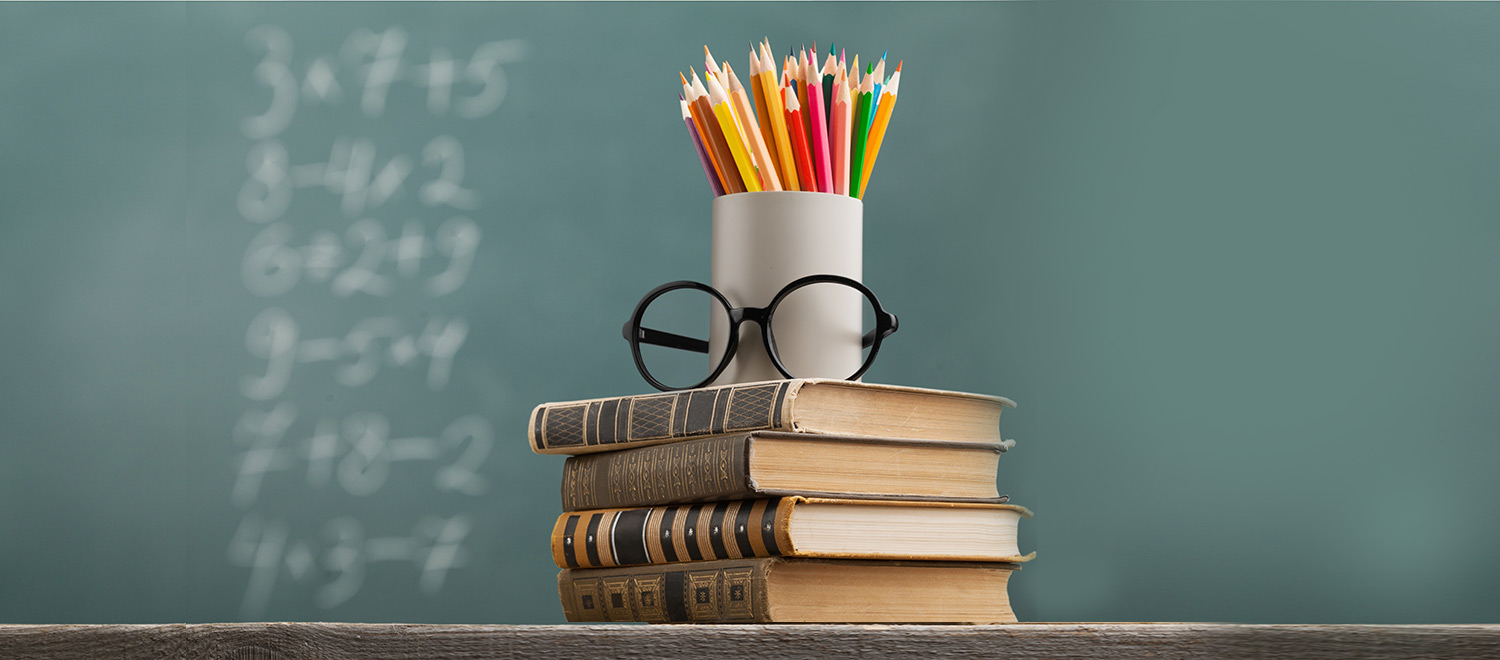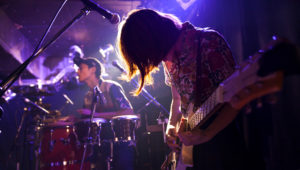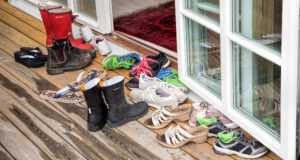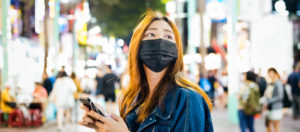As 3.4 billion people around the world are getting fired up about the World Cup, let’s look at another “racist” question many Americans are afraid to ask:”Why are Asian kids so unathletic?”
It is not surprising for people to feel this way when there are so few famous Asian American athletes. The reason Jeremy Lin stirred up such significant wave of “Linsanity” is the clear evidence of such shortage. Another prominent American athlete with Asian heritage is Tiger Woods. Despite being half Asian, most Americans identify him as black.
Does this under-representation of Asian Americans in sports actually supported by data? We can find some truth in the NCAA stats on college athletes by race. According to numbers from the 2015-16 school year, there were only 14 Asian-American men’s basketball players out of the 5,472 total players in Division I. In football, there were 115 out of 28,380 players. In baseball, there were 89 Asian players out of 10,430. Among these top 3 sports in the U.S., Asian Americans represent only less than 1% of all players, even though they represent 10.4% of total college students in the U.S.
To understand the paucity of Asian-American professional athletes, we have to dig deeper into the cultural differences regarding the value of athleticism between Asian and American culture.
- Education over sports: We’ve previously talked about Asian Americans’ vigorous emphasis on education. They actually consider sports to be a non-academic “distraction.” Sports are considered a risky choice where invested efforts may or may not translate into future success. But education is almost a guaranteed path to steady jobs and great pay. This is arguably a complete opposite view on sports from the rest of America. It is well known that sports are a critical part of the American education system. In fact, many have argued that Americans put too much emphasis on sports over school work.
- Sports are not considered prestigious: In Asia, sports programs are mostly funded by the government. Athletes are considered government employees with average but steady pay. This may not appeal to rising middle-class families, but rather an attractive career for under-privileged kids from the countryside who would otherwise struggle to go to college. This perception has a strong impact over Asian Americans’ view of sports, as well as their choice of sports. Although traditional sports like basketball and soccer are popular among Asian American kids, they are seen as “poor people’s sports,” especially among the 1st and 2nd generation immigrants. Asian Americans are more interested in sports like golf, fencing, and archery because of its “prestige” appeal. In fact, 10.5% of women’s Division I golfers are Asian, and a whopping 14.6 percent of professional U.S. men’s fencers are Asian.
- Athleticism doesn’t translates into leadership: In most western cultures, athleticism is an important part of leadership. The most recent popular meme comparing Justin Trudeau vs. Trump’s fitness level is a good example. Americans are particularly fond of knowing the impressive fitness levels of their presidents. Many American companies even prefer hiring student athletes when it comes to managerial roles. Culturally, we believe participating sports results in valuable leadership and teamwork skills. This is certainly not the case in Asian culture. Asian leaders, in both political and corporate world, are largely judged by their education level, knowledge base, or even artistic skills, but never athleticism. This may have contributed to the “Bamboo Ceiling” effect we talked about previously.
Because athleticism doesn’t factor into future success, most Asian American parents deemphasize its importance in raising their children. If you are familiar with the 10,000 Hour Rule, popularized by Malcom Gladwell, you will now understand the lack of athleticism among Asian Americans. With significant less time and resources dedicated to sports, there are considerably fewer Asian Americans athletes.








No comment yet, add your voice below!